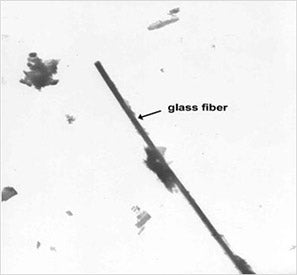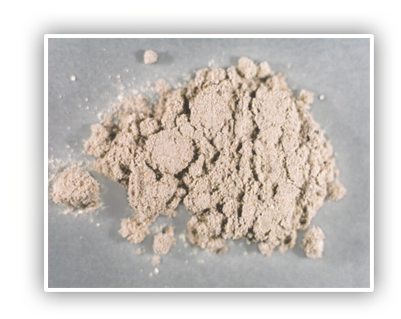The collapse of the Twin Towers pulverized and then scattered into the air millions of tons of cement, steel, drywall, window glass and other building materials. It also crushed and incinerated thousands of computers as well as mile after mile of items such as electrical cable and heating and cooling ducts. Finally, the dust contained the remains of the 2,753 people killed in the attack, along with the hair and skin cells shed by those who worked in the World Trade Center over the decades.

1. Gypsum or Cement
Snowflake-like crystals of calcium, sulfur and oxygen, such as the one pictured here, made up the bulk of the World Trade Center dust, along with particles of drywall, cement and other building materials.
Photo courtesy of EPA
X

2. Particle Aggregate
Tiny particles, such as the one pictured here, were composed of pulverized rock and other material used in the construction of the World Trade Center.
Photo courtesy of EPA
X

3. Insulation Fiber
Fibers from items such as insulation and carpets were also found in the dust, as well as quantities of asbestos, a toxic fiber known to cause cancer.
Photo courtesy of EPA
X

5. Glass Fiber
Pulverized glass became fibers, such as the one pictured here, that, when inhaled, can cause long-term damage to the lungs.
Photo courtesy of Paul Lioy and James Millette
X

6. Calcium Carbonate
Coarse particles of calcium carbonate, the residue of thousands of tons of cement, helped make the World Trade Center dust highly alkaline—irritating human eyes, noses, throats and lungs.
Photo courtesy of Paul Lioy and James Millette
X

7. Lead
Lead, like the particle pictured here, is a potent neurotoxin and may have been the biggest public health risk posed by the dust across lower Manhattan, requiring professional cleanup.
Photo courtesy of Environmental Health Perspectives / Paul Lioy
X







